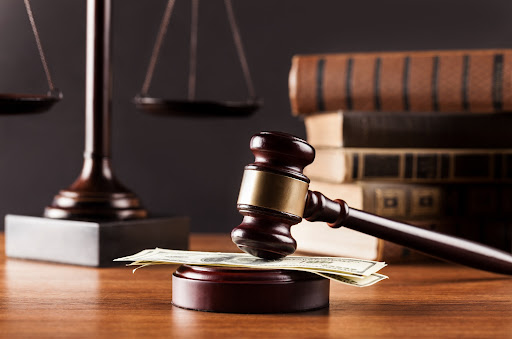While the change in seasons is an amazing transition for your wardrobe – the same can’t always be said regarding the change in conditions on the road. In fact, we tend to get too familiar with driving in seamless summer days that when the calendar ticks off to October, we’re not ready for early morning frost, stronger storm fronts and debris cluttering the roads.
When temperatures drop below freezing, wet leaves can freeze and turn into dangerous icy leaves on the roadway. Here’s what to look out for on the roads this fall.
What to do when approaching leaves
- Slow down if you are driving on a road covered with leaves, especially when driving around turns.
- Allow yourself plenty of room to stop in an emergency. Keep a greater distance between you and the car in front of you.
- Leaves make it difficult to see potholes and bumps in the road.
- A pile of leaves raked to the side of the road is an inviting place to a child. Children enjoy jumping into the leaf piles or burrowing down into them and hiding. Never drive through a leaf pile. Use caution going around turns and where children are playing.
- Keep your windshield leaf free to avoid wet leaves getting stuck under the windshield wiper blades.
- In order to avoid the possibility of a fire hazard from the exhaust system or catalytic converter, never park your vehicle over a pile of leaves.
Changing weather conditions
- Autumn is a damp, wet season – there are many rainy or foggy days and nights. As the temperatures drop, frost often coats the ground at night.
- When driving in fog, set your headlight to low beam. This setting aims the beam of light down toward the roadway.
- In the fall as temperatures drop, frost often forms on the roadway, causing hazardous driving conditions. Drive slowly and break gently at overpasses and bridges as these areas frost over more quickly than other roadway surfaces.
- Be aware of areas where black ice forms on the roadway.
It is imperative to correct for the change in daylight as well – with the loss of one hour in daylight savings; many people get thrown off with this adjustment in their internal clock. If you were not at fault for the car accident, you may be able to seek damages from the insurance company of the individuals responsible. Our experienced lawyers at Lancaster Chown & Welch LLP can be your advocate in seeking appropriate compensation and benefits for your injuries.

